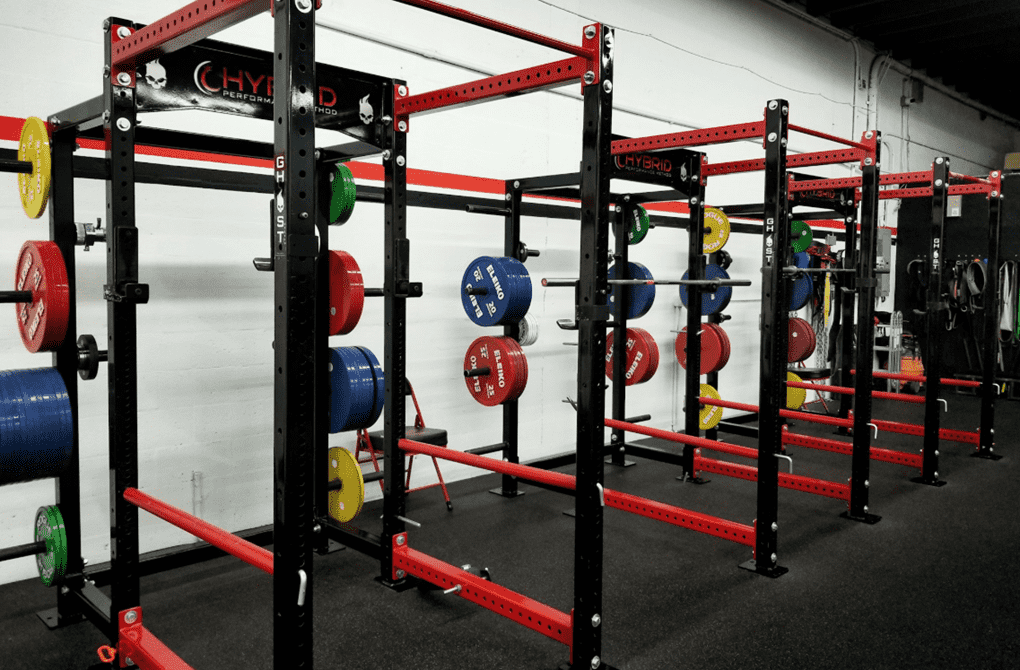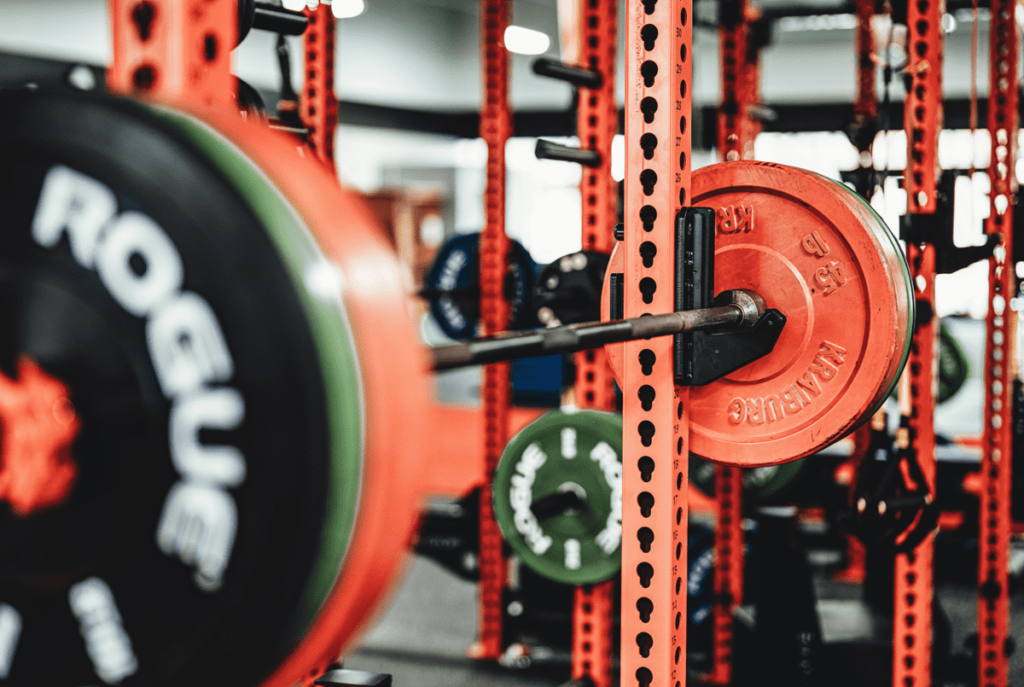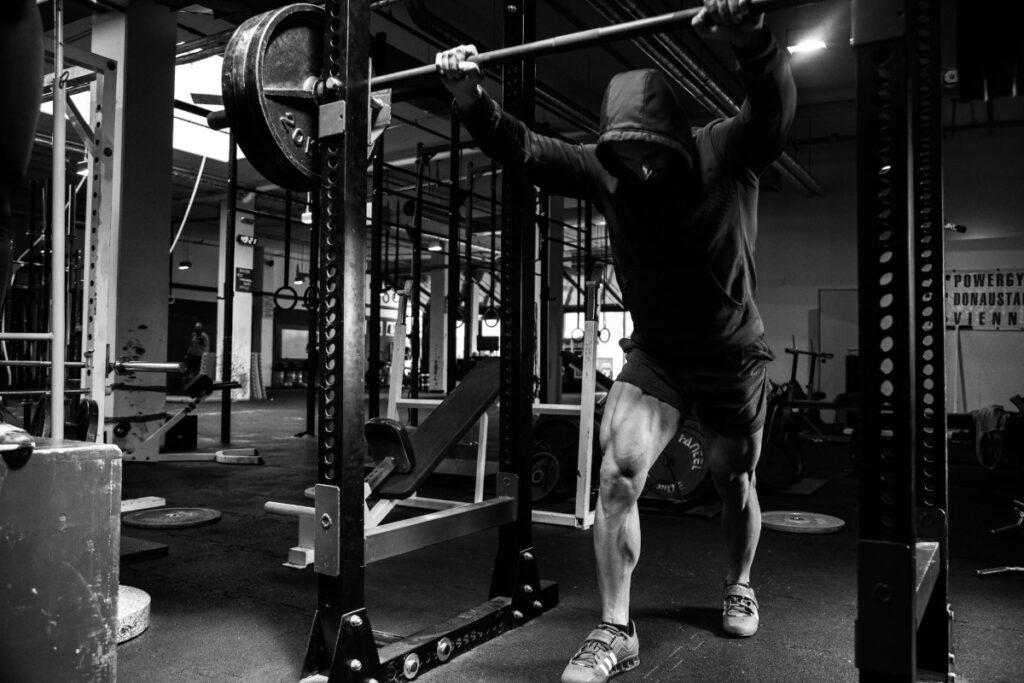Squat racks are essential for any home gym. Whether you’re aiming for strength, endurance, or muscle growth, the best squat rack offers the stability and support needed for a variety of exercises. It’s crucial to pick the rack that fits your specific goals, available space, and budget.
In this guide, we’ll walk you through the process of choosing the perfect squat rack, covering everything from different types to key features and important safety factors.
Understanding Your Fitness Goals
Be realistic about your fitness goals before you shop for squat rack models. Which rack you use depends on whether you train for strength, general fitness, bodybuilding, or CrossFit.
If you do strength training or powerlifting, you want a rack that holds heavy weights and spotter arms for safety. If you wish for general fitness, consider a compact model that does many different exercises.
Bodybuilders need a stable rack with adjustments for all motions. Conversely, CrossFit fans might want a tiny rack strong enough to train hard.
Another factor to consider is how often you’ll use the squat rack. Frequent users and high-intensity athletes may want a more robust, larger model. Others who train less usually prefer space-saving features or a cheaper option.
Types of Squat Racks Explained

Each rack fits a specific need based on space, training volume, and equipment:
- Squat Stands: These are the smallest portable options. They are great if you have a small space or need a light and easy-moving rack. Simple in design, squat stands typically lack the same safety and stability as larger models.
- Half Racks: They are more stable than squat stands but take up slightly more space. Most half racks have adjustable safety bars and, occasionally, pull-up bars as attachments.
- Power Racks: These are the most versatile and safest options for heavier lifting. Usually, they include four strong posts with adjustable safety bars and pull-up bars, dip stations, and additional attachments. Power racks are for lifters who need maximum safety and flexibility during their workouts.
- Wall-Mounted Racks: These racks are for home gym owners with limited space. The racks are mounted to the wall, saving floor space. They are functionally equivalent to other rack types but may have less capacity and fewer features.
Key Features to Look For
The most important feature is the weight capacity. This rack needs to accommodate your planned weight lifting, including the barbell and any plates added to it. Its strong construction with top-quality materials guarantees safety and durability.
Adaptable J-hooks and safety bars are necessary for easy height and lifting adjustment of the rack.
For more intense workouts, a squat rack with a pull-up bar or dip stations might be helpful. These attachments make the rack versatile for upper-body exercises.
Storage pegs are for storing your weights and keeping your gym clean. Also, check that the squat rack is compatible with your barbells and other accessories you plan to use.
Sizing and Space Considerations
The right squat rack is important for your space. Measure where you want to place the rack to ensure it fits comfortably. Remember to leave clearance around the rack for safety and movement during exercises.
Ceiling height also matters if you are doing overhead lifts. Make sure your rack fits in your space without obstructing headroom.
Consider folding or wall-mounted options. These racks fold up or mount against the wall when not in use to save floor space.
Budgeting for a Squat Rack

Squat racks come in budget and premium versions. The cost is often related to the rack’s quality and features. Entry-level models may have basic features and lighter weight capacities—ideal for beginners or those with less demanding training requirements.
Premium versions have better durability, more weight capacities, more attachment options, and additional safety features. You have to weigh the trade-offs between cost and quality. If you use the squat rack often or for heavy lifting, a better model may save you money in the long run by preventing damage and ensuring longevity.
Safety and Stability Factors
Always consider safety when selecting a squat rack. Check that the rack has a strong frame and can be anchored to the floor if necessary. Some professionals suggest spotter arms or safety catches if you intend to lift heavy weights alone.
Rack stability is another critical factor. A wobbly or unstable rack can lead to dangerous situations. Make sure the rack has a solid base and that the materials used are strong enough to support your lifting routine.
Best Brands and Where to Buy
Look for reputable brands when shopping for a squat rack—they make quality products. These include Rogue Fitness, Titan Fitness, and Rep Fitness. These companies offer squat racks in various features, capacities, and price ranges.
You can purchase squat racks either online or in physical stores. Online shopping allows for greater variety and often better deals, while in-store purchases will enable you to see the equipment in person and sometimes get assistance from sales staff. When buying online, check for warranties, shipping policies, and whether they offer assembly.
Matching Accessories and Add-ons
While a squat rack is a central piece of equipment, several accessories and add-ons can enhance your training. Bench compatibility is important if you plan on doing bench presses, and some racks offer specialized benches that work perfectly with their frame.
Resistance band pegs and landmine attachments make more varied muscle-targeting exercises possible. If those attachments are part of your training plan, make sure your squat rack is compatible with them.
Quality flooring and storage solutions will protect your equipment and the floor. Rubber flooring can prevent dropped weights, and storage racks keep your barbells and plates organized.
Frequently Asked Questions
What is the difference between a power rack and a squat stand?
A power rack provides more safety features, such as adjustable safety bars and a fully enclosed frame. Squat stands are simpler and more compact and are often used by those with limited space or who need portability.
What exercises can I use a squat rack for other than squats?
Squat racks are versatile. With the attachments, you can do overhead presses, bench presses, pull-ups, and more.
How much weight capacity do I need in a squat rack?
Choose a weight capacity that matches or exceeds the amount of weight you plan to lift. If you’re a serious lifter, consider a larger squat rack.
Are wall-mounted squat racks safe?
Wall-mounted squat racks can be safe if they are properly anchored and installed. They are ideal for those with limited space but should still offer sufficient stability for heavy lifting.








